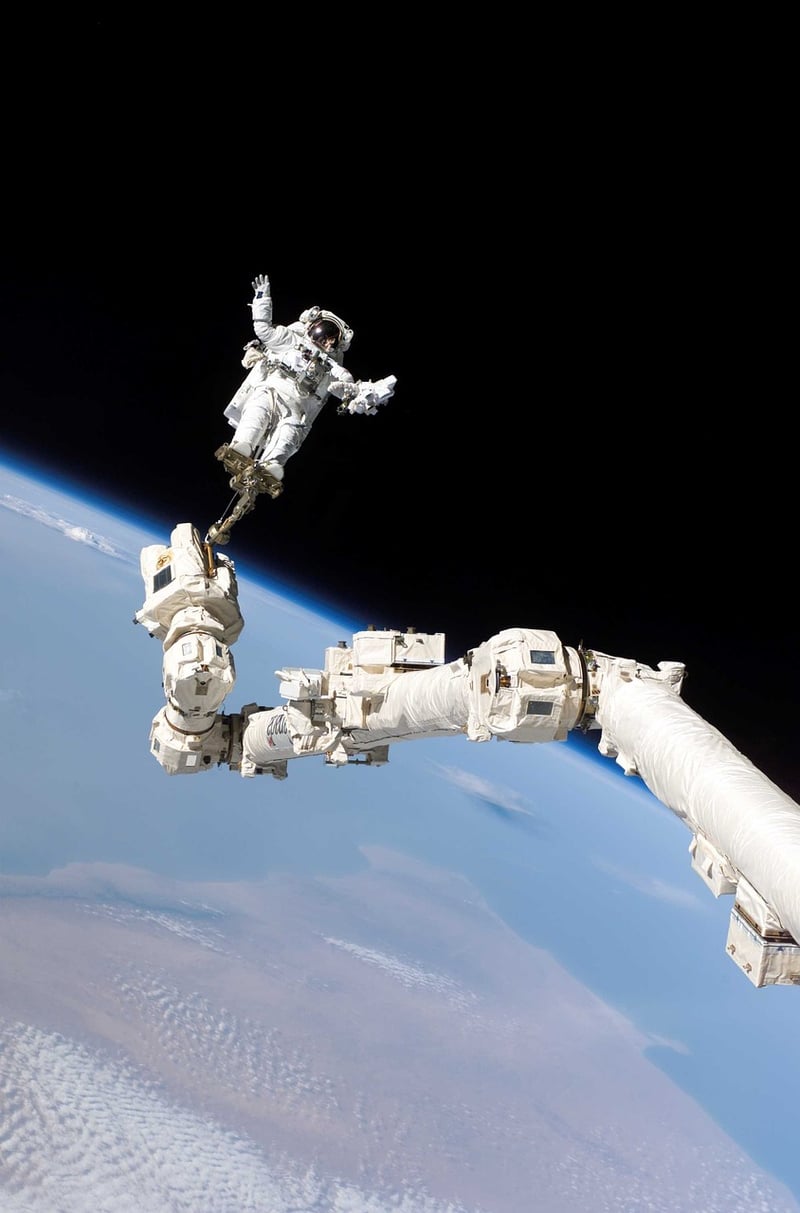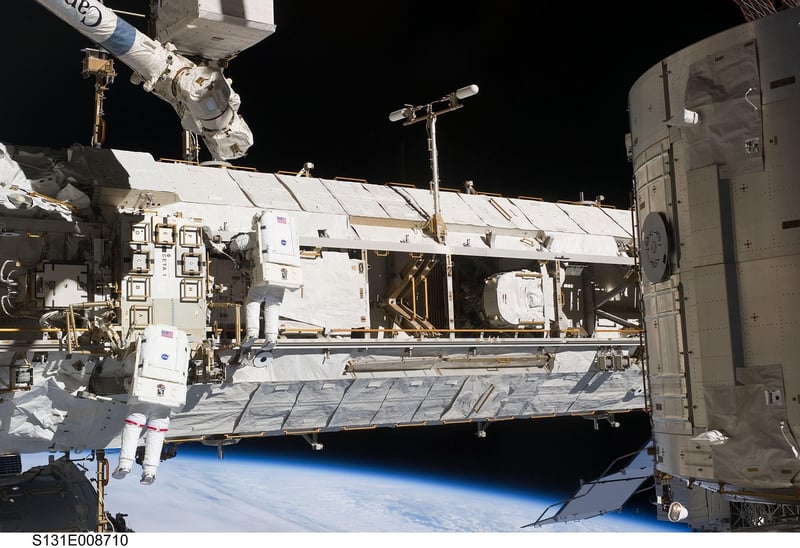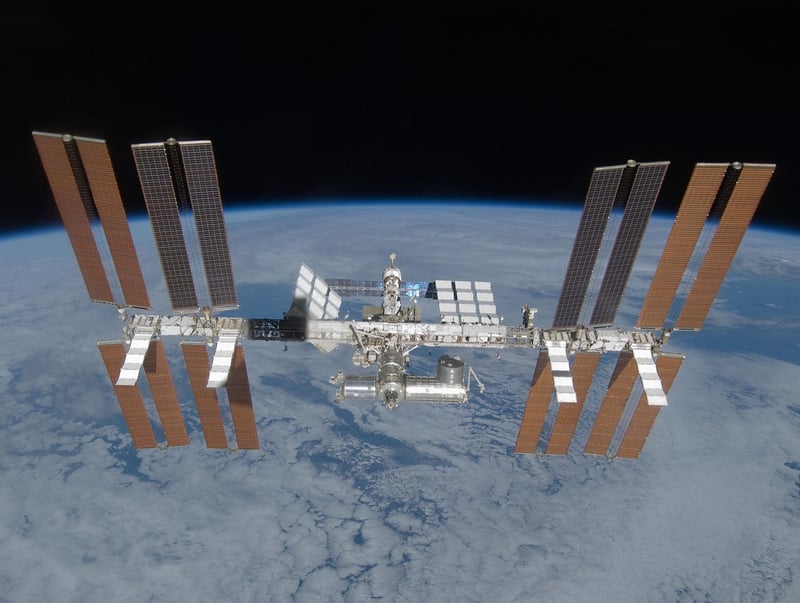Space Habitats
The Future of Space Exploration: Cutting-Edge Tools for Space
Space exploration has always captured the imagination of humanity, driving us to push the boundaries of what is possible. In our quest to explore the cosmos, we have developed cutting-edge technologies and tools that enable us to unravel the mysteries of the universe. From advanced robotics to innovative propulsion systems, here are some of the groundbreaking tools that are shaping the future of space exploration.
1. Robotic Explorers
Robotic explorers have revolutionized space exploration by allowing us to venture into harsh and hazardous environments without risking human lives. These robots are equipped with advanced sensors, cameras, and manipulators that enable them to collect data, conduct experiments, and even perform repairs in space. From the Mars rovers to the Hubble Space Telescope, robotic explorers have been instrumental in expanding our understanding of the cosmos.

2. 3D Printing in Space
3D printing has revolutionized manufacturing on Earth, and now it is making its way into space. Astronauts aboard the International Space Station (ISS) are using 3D printers to produce tools, spare parts, and even food in microgravity. This technology enables astronauts to be more self-sufficient during long-duration missions and opens up new possibilities for building structures and habitats on other worlds.

3. Ion Propulsion Systems
Ion propulsion systems are a game-changer in space exploration, offering higher efficiency and lower fuel consumption compared to traditional chemical rockets. These systems work by accelerating ions using electromagnetic fields, providing gentle but continuous thrust that can propel spacecraft to incredible speeds over long distances. Ion thrusters have been used in missions like NASA's Dawn spacecraft, which explored the asteroids Vesta and Ceres.

4. Space Habitats
As we look towards the future of human space exploration, the concept of space habitats becomes increasingly important. These self-contained living spaces are designed to sustain human life in the harsh environment of space, providing astronauts with the necessary resources and protection they need for long-duration missions. From inflatable modules to rotating space stations, space habitats are key to our vision of establishing a permanent human presence beyond Earth.

From robotic explorers to advanced propulsion systems, these cutting-edge tools are propelling us towards a future where humanity's reach extends far beyond our own planet. With continued innovation and exploration, the possibilities for space exploration are limitless.
Explore more about space exploration at NASA's official website.
